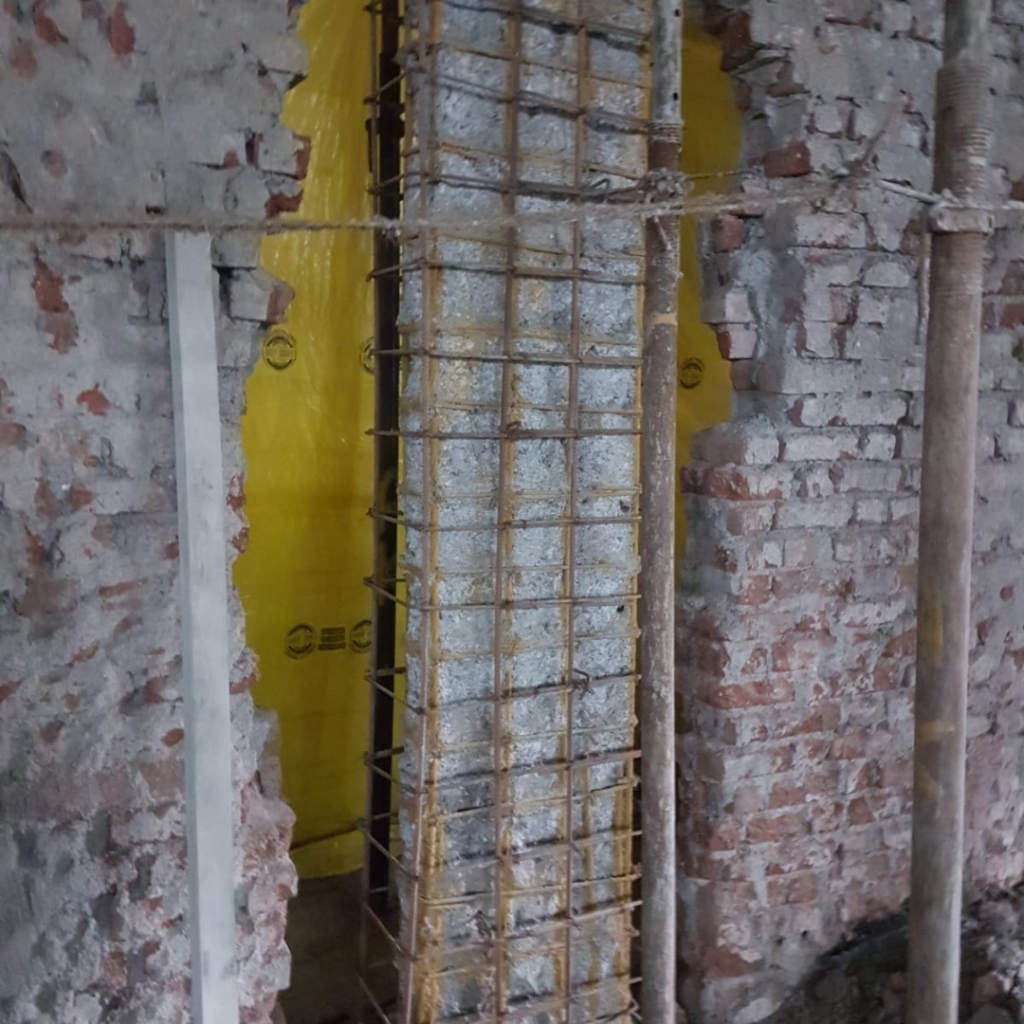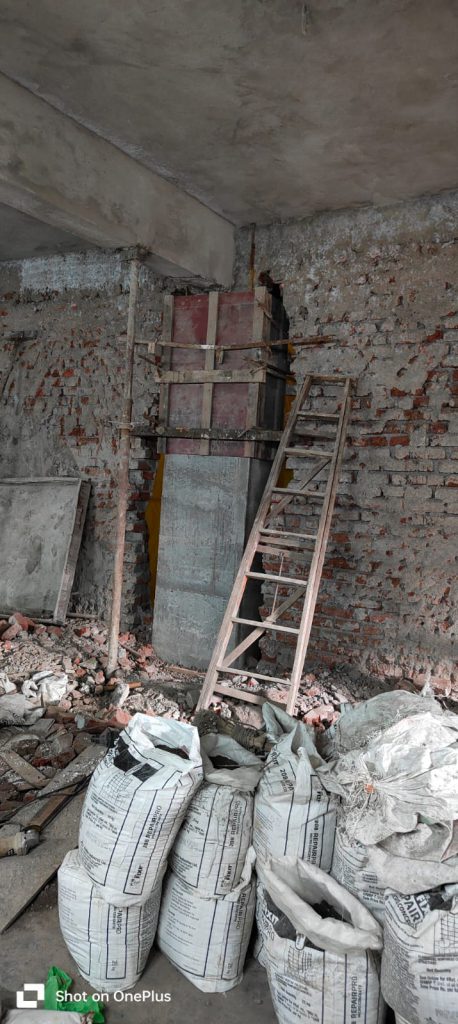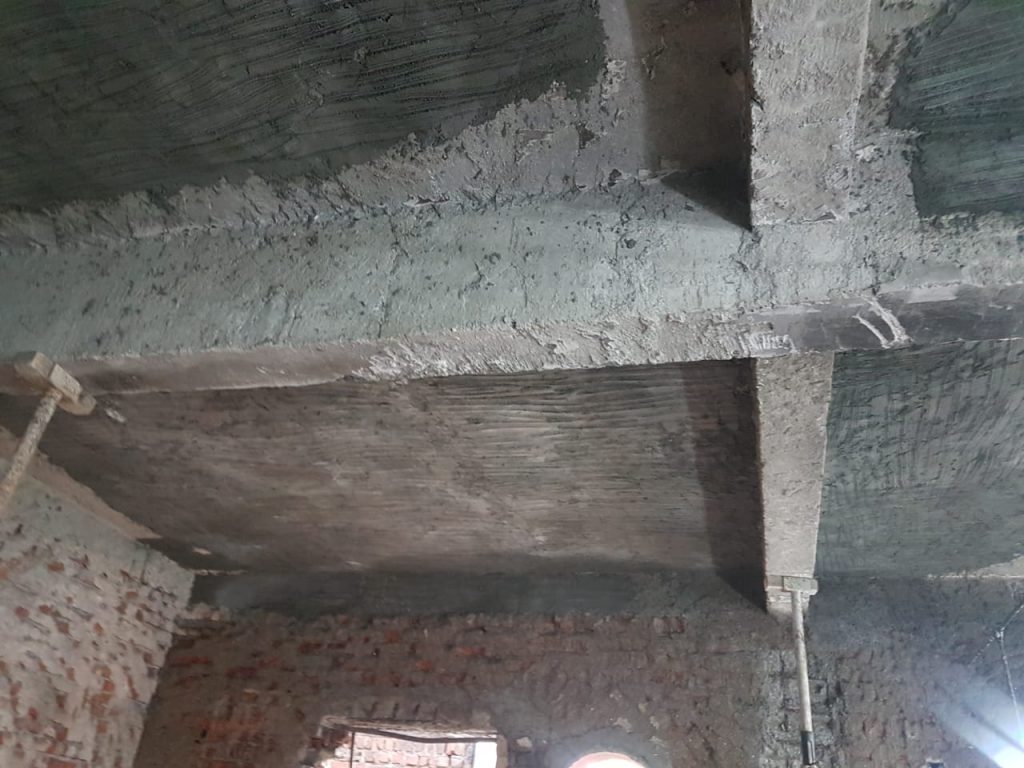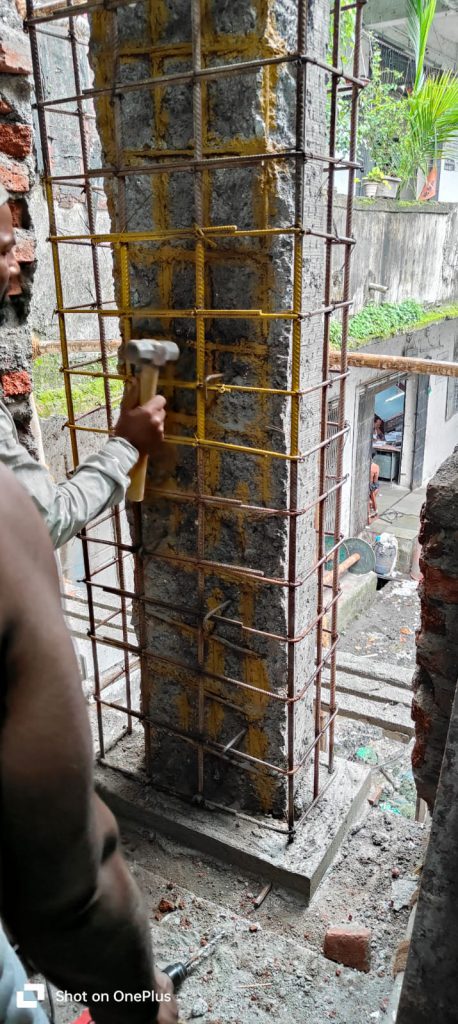Structural strengthening is the process of reinforcing buildings to improve their load-bearing capacity and durability. Over time, structures face wear and tear due to environmental factors, aging, or even design flaws. Strengthening helps ensure that buildings remain safe, even in harsh conditions or during seismic activities.
Structural integrity is essential in ensuring that buildings can withstand external forces such as earthquakes, strong winds, or other natural disasters. By enhancing the key components of a building—columns, beams, and foundations—structural strengthening increases a building’s lifespan while reducing the need for costly repairs.
Investing in structural strengthening is not only important for aging structures but also for new constructions to meet modern safety standards. This can prevent potential disasters and costly failures in the long run.

Structural Strengthening
Common Methods of Structural Strengthening
There are various methods used to strengthen the structural elements of a building, each suited to different types of weaknesses. These methods include jacketing, beam reinforcement, and retrofitting. Each technique offers unique benefits in reinforcing the critical components of a structure, whether it is through concrete, steel, or other reinforcements.
Jacketing involves adding layers of materials such as steel or concrete around existing columns and beams. This provides additional strength to the weakened areas. Beam strengthening focuses on reinforcing beams using external plates or fiber-reinforced polymers to increase their load-bearing capacity. Retrofitting is often used in older buildings to bring them up to current safety standards, especially in regions prone to earthquakes.
Each method has its advantages and is selected based on the specific needs of the building.
Jacketing for Structural Reinforcement

Column Jacketing
Jacketing is highly effective for reinforcing existing columns, beams, and walls. It involves encasing these elements in additional materials, such as steel or concrete, to enhance their load-bearing capacity. This technique is commonly used in buildings with weakened columns that cannot support the original design loads.
The process typically involves cleaning the structure’s surface, installing new steel reinforcements, and applying a layer of concrete around the column or beam. This additional layer strengthens the structure and prevents further degradation.
Jacketing is particularly beneficial for buildings in seismic zones, as it helps them withstand lateral forces during an earthquake. It’s also cost-effective, making it a popular choice for building retrofits.
Beam Strengthening Techniques

Beam strengthening
Beam strengthening is crucial in improving the load distribution of a building. One common method is the application of external steel plates to increase the strength of the beams. These plates are bolted or welded to the existing beam structure to provide additional support.
In more advanced cases, fiber-reinforced polymers (FRPs) are applied to the beams. These lightweight materials offer strong reinforcement without adding excessive weight to the building. FRPs are especially useful in high-stress areas, like beams that support floors or roofs.
Strengthening beams not only improves safety but also ensures that the building can handle more load in the future, extending its lifespan and usability.
Retrofitting for Old Buildings

Retrofitting
Retrofitting is an essential technique used to upgrade old buildings to meet current safety standards. It involves reinforcing the structure using modern materials and techniques, improving the overall stability of the building. Retrofitting is particularly important for older buildings that may not have been designed to withstand seismic forces or other modern safety requirements.
The process begins with an assessment of the building’s current condition. Engineers then recommend specific strengthening measures, such as adding shear walls or reinforcing the foundation. These modifications enhance the building’s ability to withstand both vertical and horizontal loads.
Retrofitting not only extends the life of a building but also ensures its safety for future generations.
When to Consider Structural Strengthening
There are several indicators that a building may need structural strengthening. Visible cracks in walls, sagging beams, or leaning columns are obvious signs that a building’s structure is weakening. In older buildings, any significant wear and tear, along with outdated safety standards, can prompt the need for reinforcement.
For modern buildings, factors like poor construction quality or changes in use (e.g., converting a residential building into a commercial one) can create new demands on the structure. In such cases, strengthening becomes essential to ensure that the building can safely handle its new load or purpose.
In areas prone to natural disasters, structural strengthening should always be considered as part of regular maintenance to keep buildings safe.
This comprehensive guide covers the fundamentals of structural strengthening, providing an understanding of why and how it’s implemented, and the long-term benefits it offers for building safety and durability.

Ernestopro.com offers excellent solutions for structural strengthening, ensuring buildings are safer and more durable. Their innovative methods can be effectively applied to both new constructions and retrofitting old structures. I highly recommend their services for anyone looking to enhance structural integrity with confidence. Their expertise truly makes a difference in building safety.
Thank you for your valuable feedback and recommendation. We appreciate your recognition of innovative solutions in the field of structural strengthening. At Zindus Infra, we are committed to delivering reliable and long-lasting results, whether for new construction or retrofitting projects. Your support motivates us to continue enhancing building safety and structural integrity.
Just like in chess, where a strong foundation and well-thought-out strategy ensure long-term success, structural strengthening builds lasting durability and safety for the future. Great insights shared in this blog!”
Great insights on how structural strengthening enhances durability and safety! It reminds me of how investing in reliable farmland property, like the ones listed on mahabhoomi.site, also ensures long-term value and security. Both structures and land investments need strong foundations for a sustainable future.